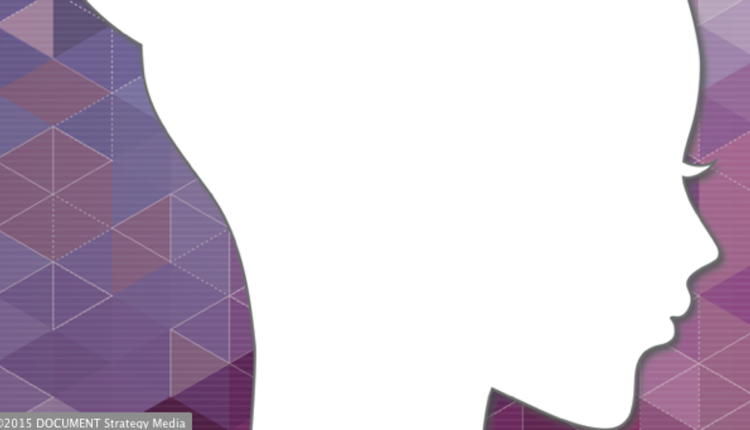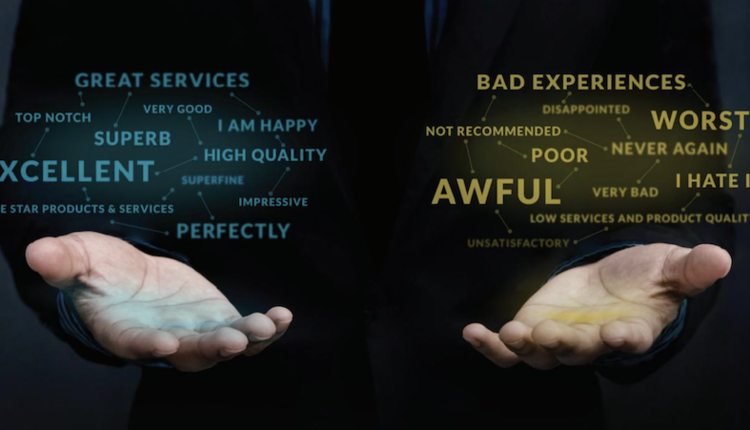
If you look anywhere within the technology world, the terms "Big Data" and "digital marketing" keep popping up. I confess I had a general idea as to what they all meant but had yet to see the practical application of these products in the real world. I have seen the advertisements, trade magazines and vendor conversations all coming around to focus on these areas. I had an uneasy feeling that I was missing the boat and that I needed to get up to speed. As luck would have it, my opportunity came in June. I was invited to attend a vendor trade show sponsored by Salesforce. Full disclosure, I was there as my firm is a customer of ExactTarget, which is owned by Salesforce, so this gave me an opportunity to see what the buzz is all about. The show was at the Javits Center in New York, and the turnout was fairly large. A keynote was given by Seth Meyers and Diane von Furstenberg—ok, it was fun, but I was there to learn and was more interested in the case studies that were presented. This is not a Salesforce endorsement, but I am using them as an example of cutting-edge technologies in this space. My goal is to present a high-level understanding of what is going on in this market and what the technology has to offer.
There were five multimedia testimonials accompanied by some real-time audience participation and demonstrations. For example, a man behind the curtain had a smartphone to demonstrate the real-time updates to Facebook for a marketing program that was designed on the spot. Now when I originally heard about social media and the products to take advantage of it, I was unimpressed and wondered what the big deal was, but I was looking too narrowly. I failed to understand the potential of a communication mechanism that is in the hands of millions of people and gives companies an opportunity for one-on-one engagement. These are tools that allow for a channel directly from a supplier to a targeted customer. Tools that, by their very nature, leave a data trail that contributes to a profile of you and me. This data can be leveraged and used to know more about our habits in travel, purchasing, values, residency, friends, groups and, of course, our pictures. All of this information provides a better picture of us and, thus, allows for targeting based upon who we are as individuals and our specific wants and desires. Ask any salesperson, and they will tell you that knowledge about your customer is the gold they are after. If you know your customer, you know their needs. Then, you can provide a specific, targeted solution or product.
In one case study presented by Mattel, they realized a problem when a customer that was acquired with the Fisher-Price brand had to then be reacquired when that child aged out. They are now using tools to stay engaged and communicate directly with the child and parent. Another case was a furniture chain which realized that they only had a brief opportunity to engage a customer while in the store. They offered tools and suggestions based upon real-time activity to suggest add-ons to a potential purchase. Therefore, technology provides the built-in upsell.
What surprised me was the ease with which much of the software was able to be configured to do things. They provided some workstations with the product that were dedicated to allow people to sit and play. In short order, people were able to configure marketing and communications programs, complete with follow-up and decision trees that plan for how a customer will react. It was all easy to use and simple. There was no information technology (IT) "techie" looking over your shoulder and advising you on how to do your task. As an IT guy, that was a wake-up call. It explained why the crowd was decidedly not an IT crowd. Sure, there were techies in there, but this was not their show. It was meant for the business types. Software ubiquity has arrived.
So, what does this all say? There is a new generation of tools that go beyond our familiar databases and programming languages. There is a new paradigm in play, and it’s in the hands of the business—they don’t need herds of programmers to make it all work. That’s not to say that IT has no role, but it’s significantly a different role than in the past. Social media, such as Facebook, LinkedIn, Pinterest, Twitter, etc., are all avenues for contact and customer engagement.
So, I no longer dismiss these tools, nor overlook social media. Neither should you.
Gerald Edwards is director of IT for a large New York City-based health insurer. He has over 30 years of experience as a consultant and employee across numerous industries. He sits on the advisory board of the DOCUMENT Strategy Forum and has served in this position since 2010. For more information, visit www.documentstrategyforum.com.




















